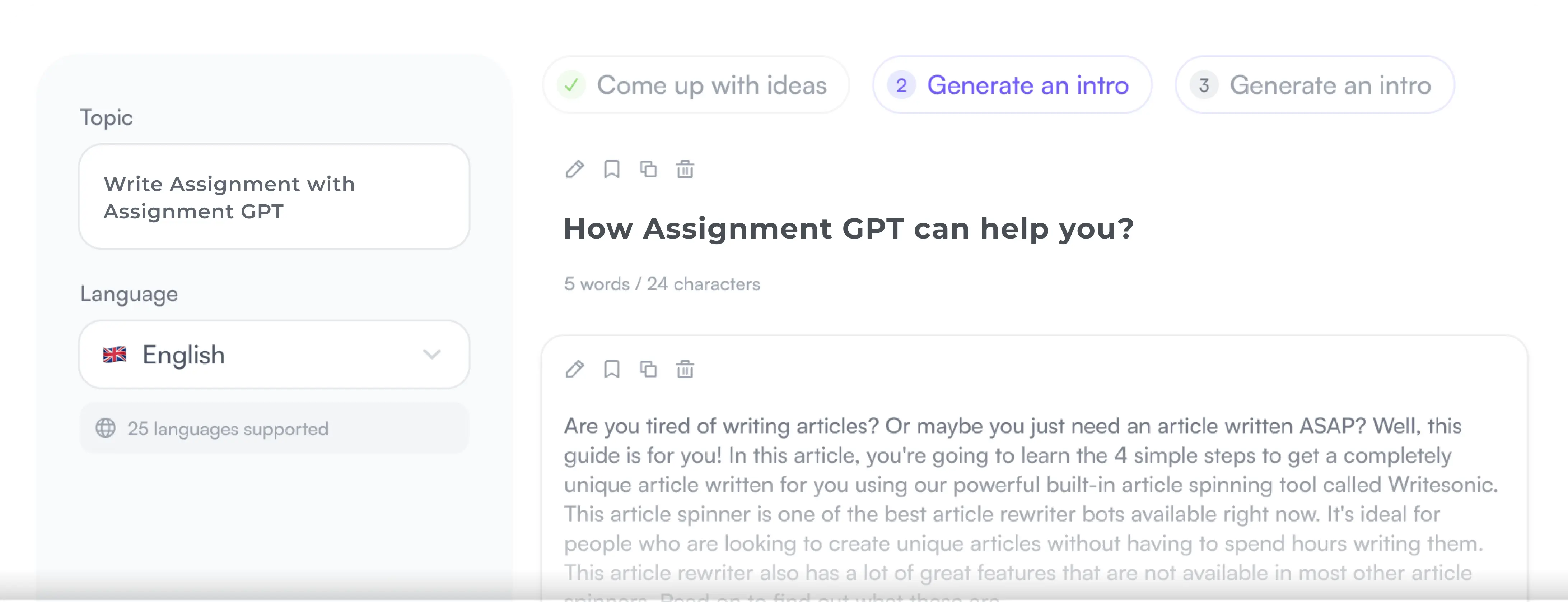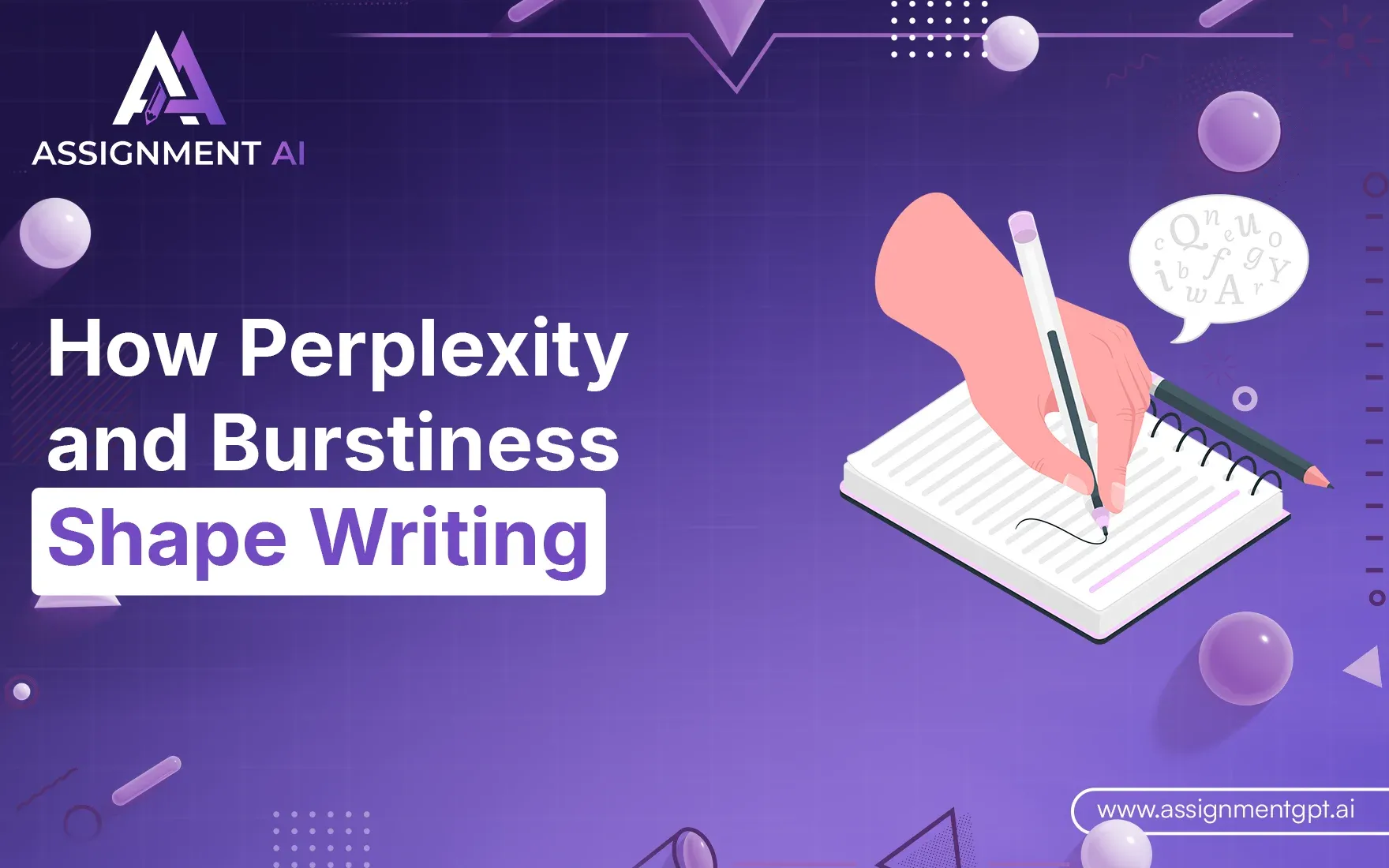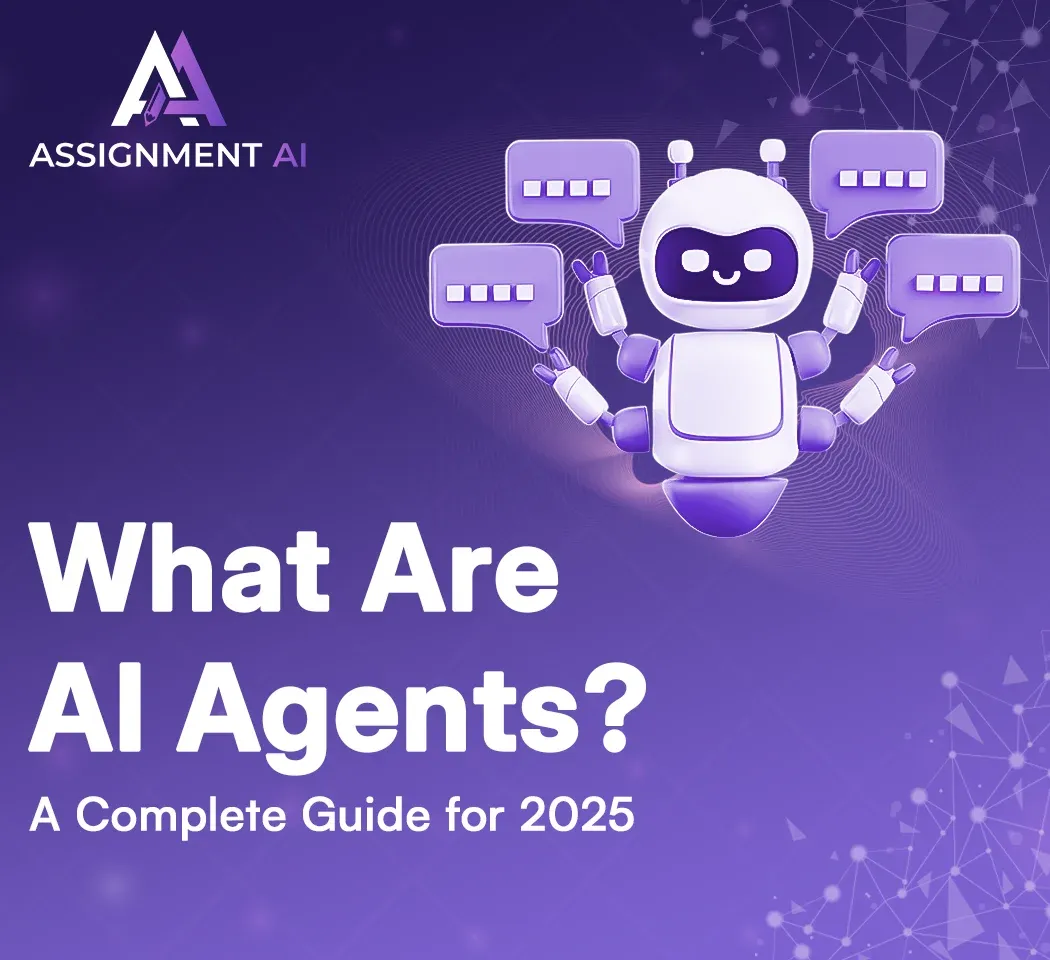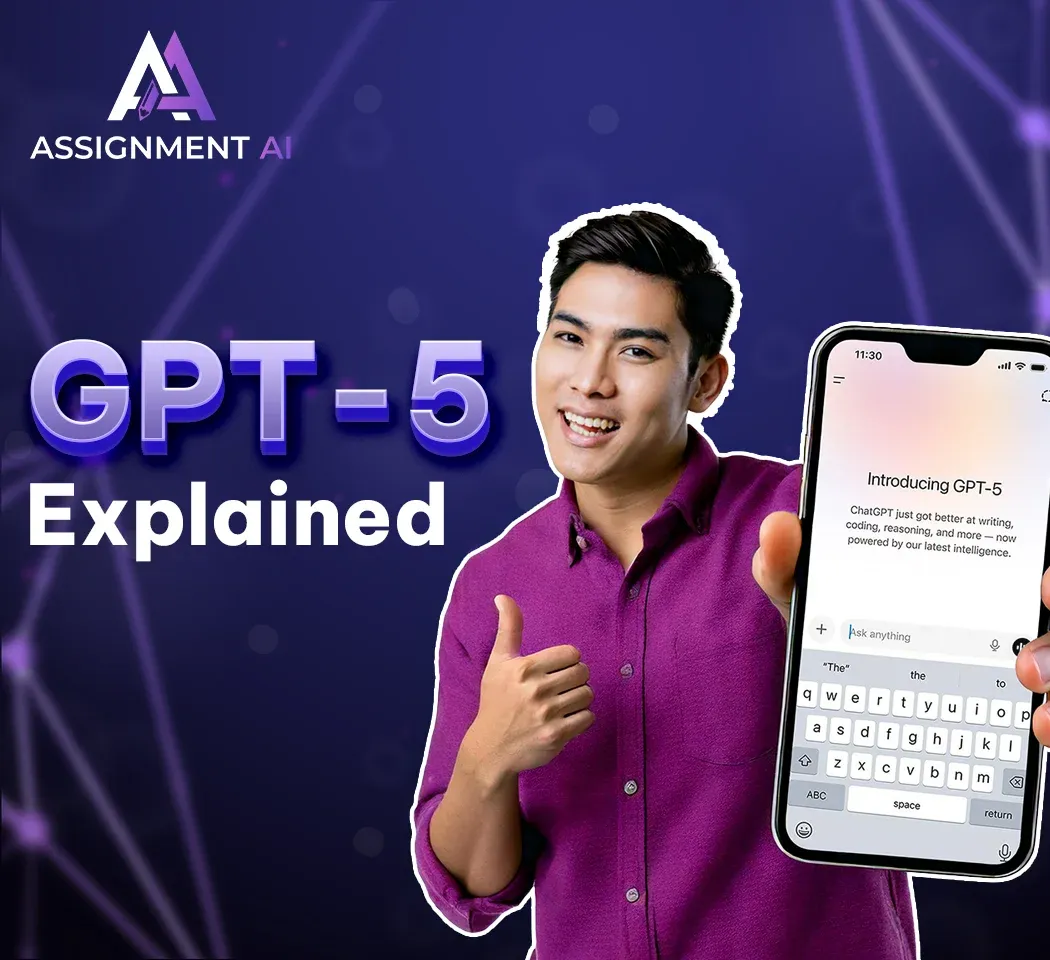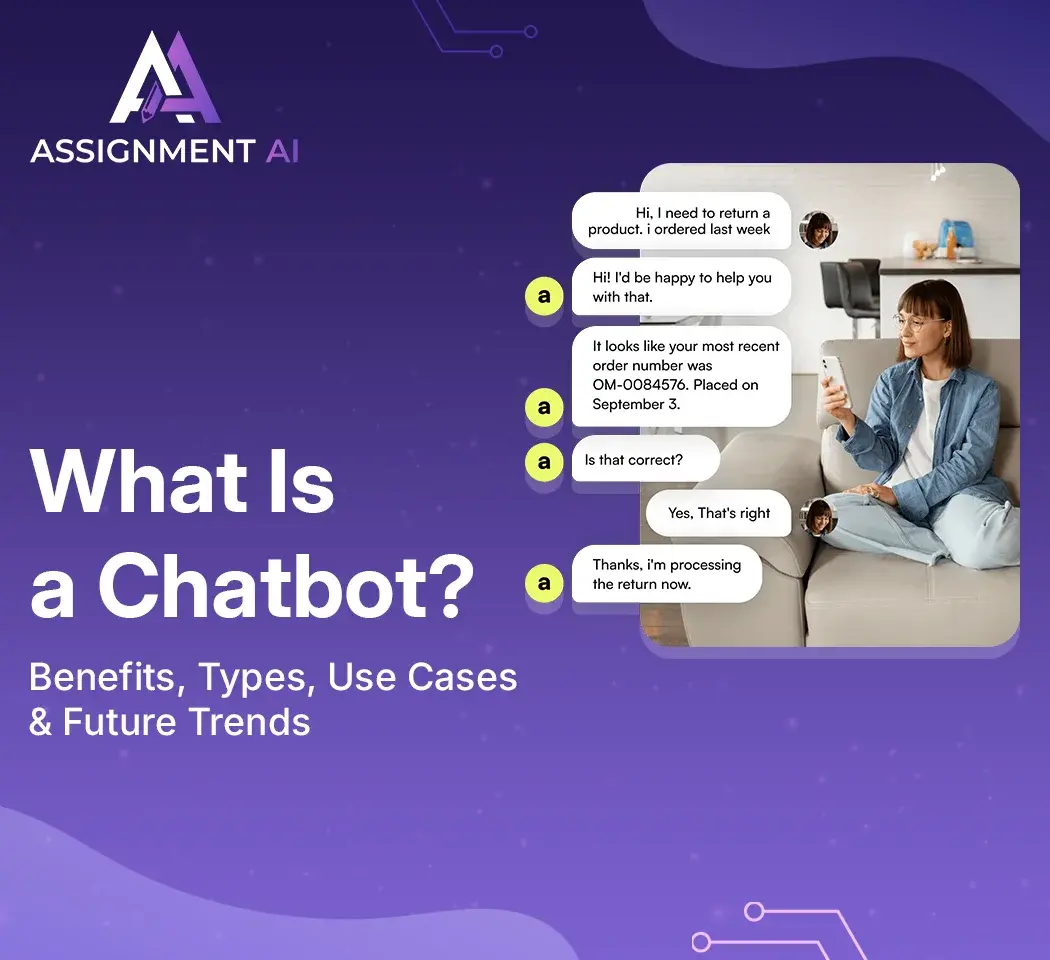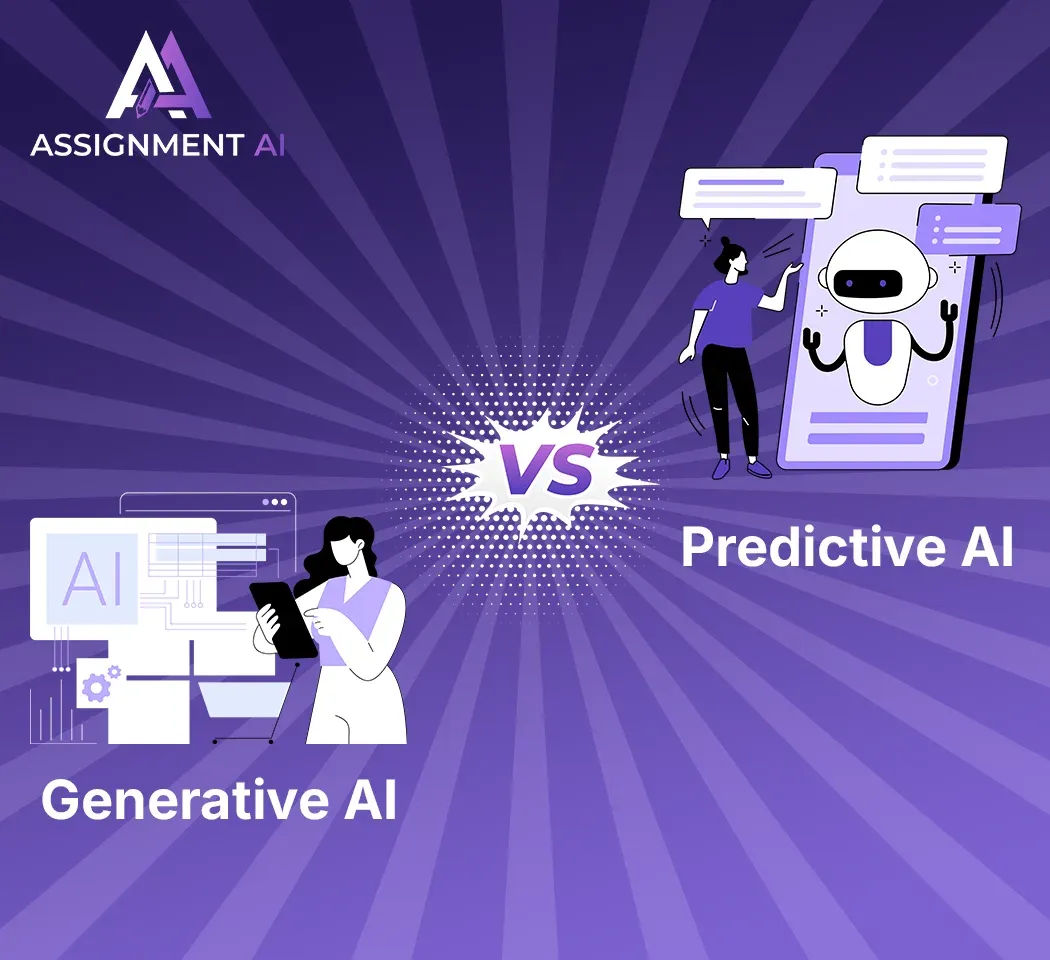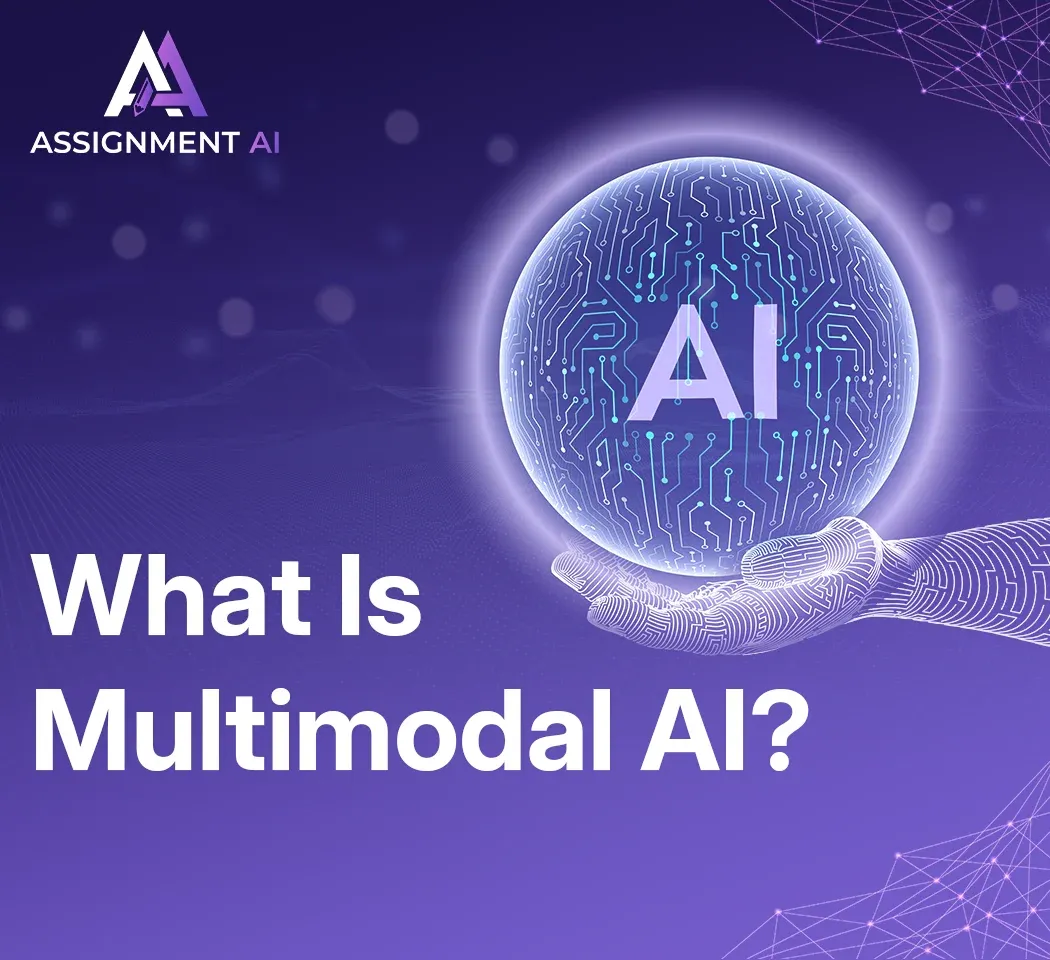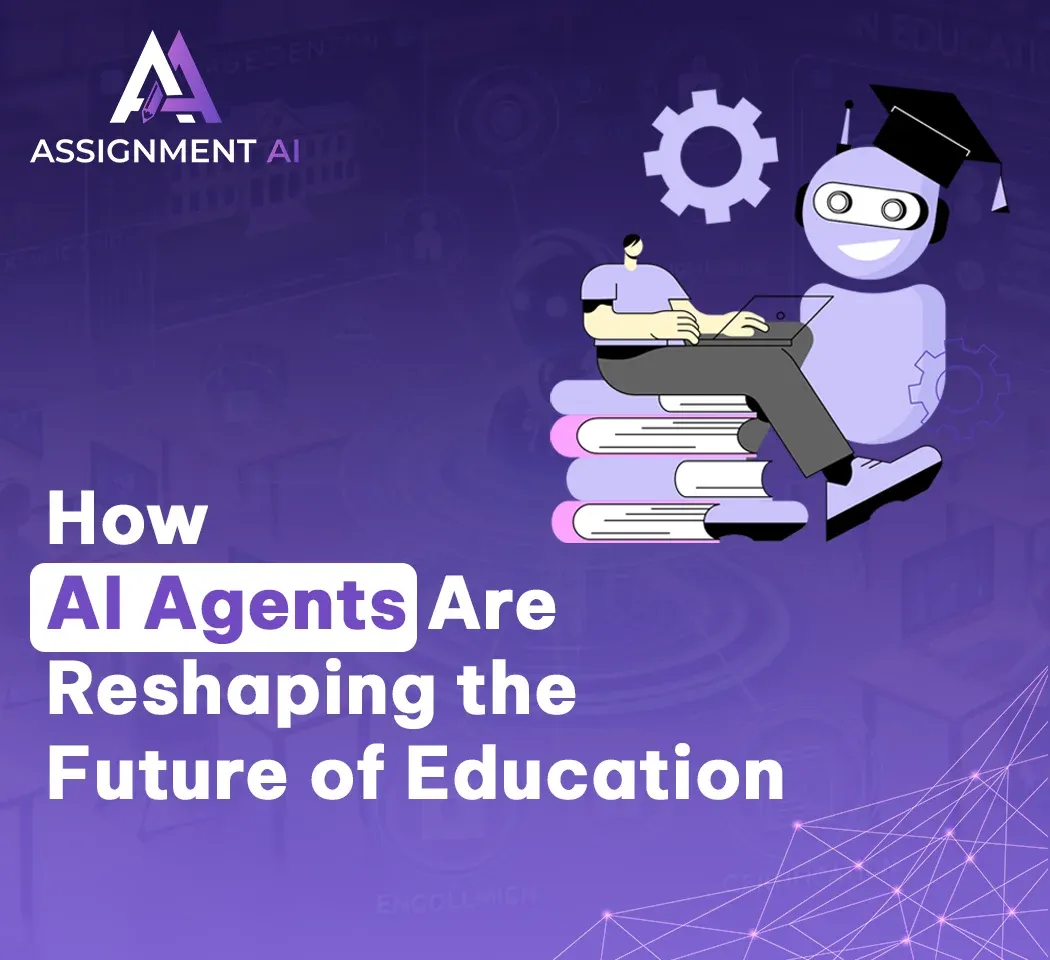AssignmentGPT Blogs
If you have ever read content that feels robotic or bursty, it is possible that the content is generated by AI. So if you are also confused by predictable patterns or sudden shifts in writing, let me tell you that these activities are mostly done by some writing concepts, and there is a high chance that the writing is designed or generated according to the perplexity or burstiness concepts.
Sometimes such texts seem out of context, but they are the backbone of how both humans and machines understand and generate text. So let’s learn in detail about the terms perplexity and burstiness, and how they interact and how these concepts are shaping communication and writing.
Quick Summary
Have you ever thought that advanced text platforms help us understand concepts like or how AI detection platforms help us to know the way a text is written? Then, some advanced concept models work behind this. Perplexity and burstiness are two core concepts in understanding text quality and predictability.
Perplexity measures how a model is predicting the next word in a sentence. This model scans the large data available on the Internet to estimate what the next words in a sentence might be.
Burstiness describes how often specific words appear in clusters. This concept attempts to analyse text repeating trends to see whether any words might appear in a paragraph or sentence.
Together, both platforms help us evaluate, detect, and even improve both human and AI-generated writing. They’re crucial in AI training, content quality assessments, and detection tools aiming to distinguish between human and machine writing. Mostly Perplexity in the backend processing of AI detection platforms or the AI content Humanizer tool. Burstiness has played an important role in such advanced models.
What is Perplexity?
If perplexity is understood in simple language, it is a concept which measures how accurately any AI language model can predict the sequence of the next word. Imagine you're reading a novel, and every line is easy to guess. "He walked into the room. He saw a chair. He sat down." You already know what’s coming next, it’s almost mechanical or you can also consider this kind of text as Ai generated content. That's less perplexity.
On the other hand, if you come across a line like, “He tiptoed into the room, scanning the shadows for an unspoken memory,” you will have to use more memory or your curiosity to predict the next word, and this sentence is overall less predictable. This is high complexity.
Perplexity is essentially a measure of surprise or unpredictability in a piece of text. Overall, it tells how good the accuracy of any one model is in next word or sentence predictions; perplexity is a measure of this.
What is Burstiness?
If we understand Burstiness in simple language, then it is basically a concept which refers to the variations of any writing. The length and structure of a sentence, whether it flows naturally or humanly, is not overall predictable, which is the opposite of writing. Burstiness writing tries to include as many variations of sentences and phrases as possible in the content so that the content becomes as engaging as possible for the reader.
Let's say you're writing about birthday parties. In one section, you mention “cake” multiple times: the chocolate cake, the cake cutting, cake slices flying everywhere. That repetition in a specific section is burstiness.
Burstiness isn't about being repetitive in a bad way. It's about concentrated emphasis. It helps guide the reader's attention and reinforces important ideas. And this helps keep the reader's focus on the main topic or character of the content.
In human writing, burstiness often mimics natural thought patterns, and humans naturally follow this in their talking style as well, that's why burstiness is a strong signal for human authorship.
Also read this article : Perplexity AI vs ChatGPT
Example of Perplexity
If you have not been able to understand perplexity, then there is nothing wrong, let us understand it with the example of perplexity.
Let's write 2 mini paragraphs and see.
- Low Perplexity: > "The sun rose. The birds chirped. The boy woke up. He got ready for school."
Everything here follows a predictable structure. It's easy to read but also easy to ignore.
- High Perplexity: > "As sunlight pierced the curtains, a half-remembered tune played in the boy’s dreams, nudging him toward a reluctant awakening."
This sentence holds your attention. It's less predictable, more dynamic. That's high complexity in action. This complexity is considered to be of higher quality.
Example of Burstiness
Let us try to understand the Burstiness writing concept with an example. Imagine writing an article about meditation. In the introduction, you talk about “stillness,” “breath,” and “focus.” Then, in one section, you mention “breath” six times in two paragraphs. That repetition is burstiness.
Another example: Martin Luther King Jr.'s “I Have a Dream” speech. The phrase “I have a dream” bursts across the text, creating impact, rhythm, and memorability.
How Do Perplexity and Burstiness Interact?
Both these concepts operate in isolation, perplexity follows unpredictability, and burstiness follows repetition, overall, both these concepts work similarly to each other.
Let us go through both concepts in more detail. High burstiness can lower perplexity in specific sections (repeated terms make predictions easier), but when used strategically, it elevates the overall engagement. A mix of high and low perplexity, coupled with purposeful bursts, mimics the flow of human thought. When used well, this combo turns an average article into a compelling narrative.
What Do Perplexity and Burstiness Have to Do With AI Training?
When you teach an AI model how to write, you're essentially teaching it patterns. Through this process, the complexity of a model is measured by measuring how accurately a model can predict the next word or sentence, and burstiness focuses on the repetition of a sentence or text, how much a word is repeated in the content, burstiness shows the authority of natural human writing.
Low perplexity often signals well-trained models, it means the AI is good at guessing the next word. High burstiness, on the other hand, helps the AI mimic human-like emphasis or human authority content.
These metrics are used to compare models and fine-tune them for better performance. They’re also critical in distinguishing AI-generated text from human writing. Most AI detection platforms also follow this concept to a considerable extent.
Applications in AI Content Detection
Let us understand the concept of Perplexity or burstiness from the perspective of AI detection and how helpful this concept is in AI content detection.
How Tools Use These Metrics to Detect AI Writing
Popular AI detection tools, like Originality.ai or GPTZero, analyze text for its perplexity and burstiness levels, and this gives the overall idea of what content AI can generate and how it can be written by humans.
As I have seen many times, consistently low complexity can indicate AI writing, too smooth or too predictable.
Lack of burstiness suggests machine-generated text, which is uniform, clinical, and too perfect. AI detection of such content always saves AI generated content.
These tools use statistical modelling to spot patterns that humans might miss, so the detection process is much more precise.
Read More : 7 Best Alternatives to Perplexity AI in 2025
Limitations and Evolving Detection Strategies
However, it's not foolproof. Newer models are learning to simulate burstiness and introduce controlled perplexity. That means even high quality, human-sounding AI text can slip past detectors. And personally, I have also faced this a lot, that even after having human written content, the detection tool still shows the AI generated content.
As a result, detection tools now incorporate additional signals like Sentence variation, Stylistic quirks and Repetition patterns. Therefore, it is quite difficult to create any content that is 100% human written or generated.
Real-World Implications in Academia and Journalism
In schools and universities detecting AI-generated content is so important. Professors want to know if a student’s essay came from ChatGPT or not. That is why the university has checked the detection quite strictly.
But misjudging burstiness or perplexity can lead to false positives or negative results, which flag a well-written human article as AI-generated, This problem I have faced many times.
This makes accuracy in detection more crucial than ever, overall, that is why even large institutions focus on manual checks along with Ai detection tools.
Limitations of Perplexity and Burstiness
Both of these concepts are theoretically quite valid, but technologically, they cause a lot of quality fluctuation in AI detection or content quality determination.
Situations where these metrics may be misleading
Have seen in many situations where these metrics may be non leading. A creative writer might use predictable sentences for stylistic effect, but the problem with such a writing style is that such content is difficult to detect as an AI Written flag. A journalist may avoid bursts to maintain neutrality.
Cannot alone determine writing quality or authorship
Both scenarios could confuse detection tools. Many experts say that these concepts can never guarantee writing quality and authorship.
Just because a piece has low perplexity and high burstiness doesn’t mean it’s great writing. Nor can it confirm who wrote it. It's possible to manipulate these metrics without improving clarity or value.
Dependency on Model Training and Context
These metrics are highly contextual. Their interpretation depends on genre, purpose, and audience. A text’s perplexity in a scientific paper shouldn’t be judged the same as in a poem. Because many models are advanced and of very low quality, which has a big impact on the quality of the result.
Improving AI with Better Burstiness Simulation
There are many ways to improve content, burstiness can also be improved through better simulation.
How Newer Models Attempt to Mimic Human Burstiness
Modern LLMs like GPT-4o or Claude Sonnet 3.5 are increasingly trained on bursty human writing, Reddit threads, speeches, and fiction. They incorporate techniques that simulate burstiness, They use repeated mentions of key terms, Emphasis structures like bullet lists, and Dialogue-like variations in sentence length
Techniques Like Fine-Tuning, Prompt Engineering, and RLHF
Fine-tuning: Most models have additional training data with targeted bursty datasets.
Prompt engineering: Crafting prompts to inject variability and focus.
RLHF (Reinforcement Learning from Human Feedback): Teaching the model via human preferences on writing quality. These approaches help models write with the rhythm and emphasis of a human being.
Conclusion
Perplexity and burstiness might sound technical, but at their core, they represent how we experience writing, its predictability and emphasis. Whether you’re writing by hand or prompting an AI tool, understanding these metrics can profoundly affect how your message is received.
They help shape clearer communication, richer storytelling, and more effective AI detection. But like all tools, they're not perfect. Context, intention, and audience still matter just as much as numbers on a graph. And personally, I have faced many times that Ai detection tools show my human written content as written, before that there are a lot of low quality model which follows fixed complexity or burstiness.
FAQs
1. Can AI-generated content have high burstiness?
2. Is low complexity always bad?
3. How can I improve burstiness in my writing?
4. Are there tools to measure perplexity and burstiness?
5. Should I always optimize for these metrics?
Content writer at @AssignmentGPT
Ashu Singh, content writer at AssignmentGPT, crafting clear, engaging content that simplifies complex tech topics, with a focus on AI tools and digital platforms for empowered user experiences.
Master AI with
AssignmentGPT!
Get exclusive access to insider AI stories, tips and tricks. Sign up to the newsletter and be in the know!

Transform Your Studies with the Power of AssignmentGPT
Empower your academic pursuits with tools to enhance your learning speed and optimize your productivity, enabling you to excel in your studies with greater ease.
Start Your Free Trial ➤Start your success story with Assignment GPT! 🌟 Let's soar! 🚀
Step into the future of writing with our AI-powered platform. Start your free trial today and revolutionize your productivity, saving over 20 hours weekly.
Try For FREE ➤